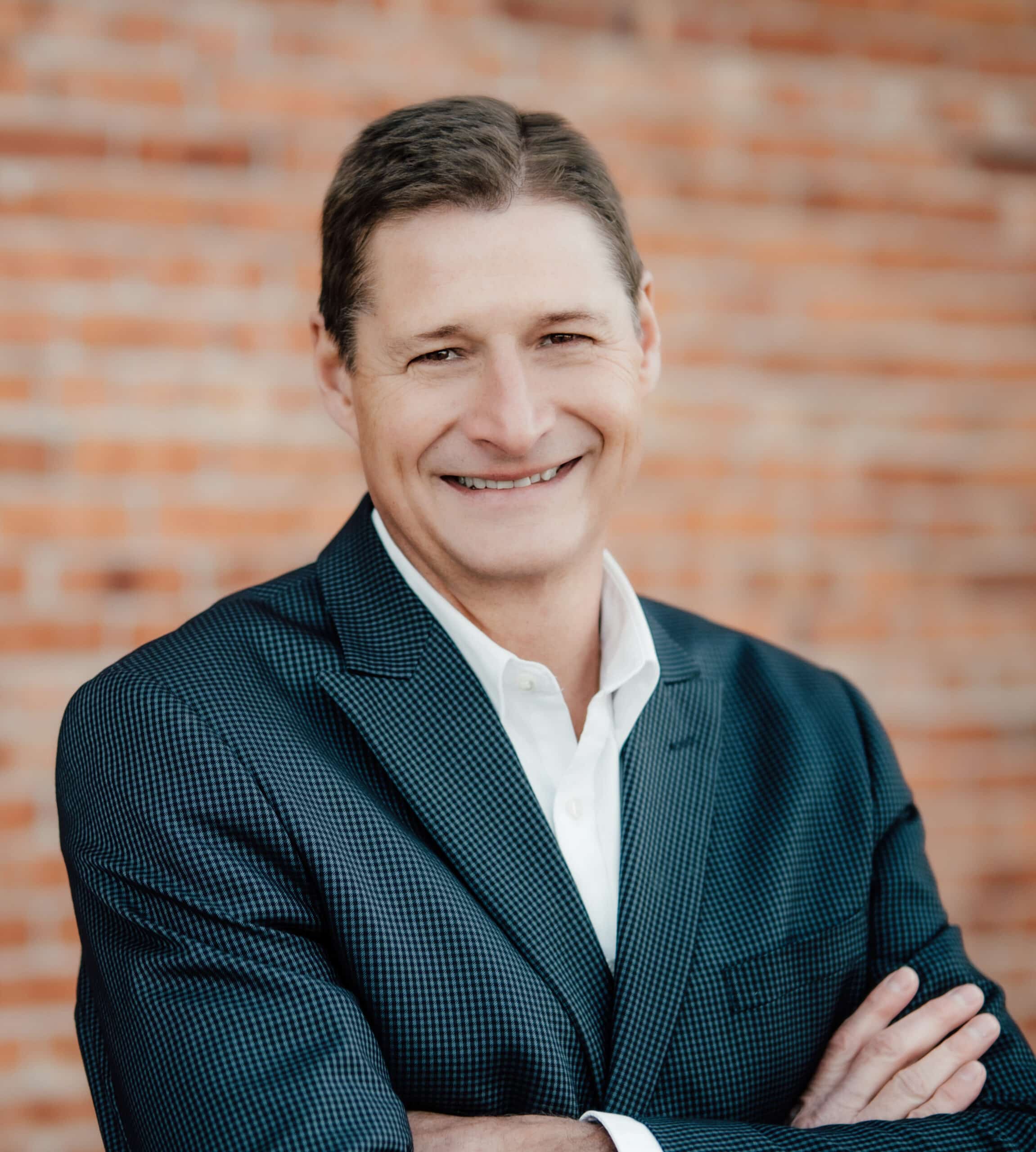
The Power of Mindset in Learning and Development
Share viaIf you are a Learning and Development professional, I bet you’ve experienced that not everyone is equally engaged or invested. Despite your best efforts, not everyone makes the most of their learning opportunities.
We’ve seen a similar phenomenon in our work. In every group of learners, there are three sub-groups.
Three Types of Training Participants
Lifelong Learners enthusiastically embrace the opportunity to learn and grow, and take full advantage of the opportunity. They are coachable and curious, not afraid to make mistakes. Consequently, they excel and experience benefits in their life.
Cautious Skeptics don’t warm up easily and need time to decide if it’s worth their investment. This group can jump on board and become the most loyal and hardest working group if treated with respect and patience. Or, they can dig in their heels and refuse to engage if rushed or pressured.
Saboteurs can be a group or a single individual, but they are almost always there. These people actively attempt to sabotage the process, usually because they feel threatened by it. If the training process proceeds as it should with support from top leadership, these people usually get fired or choose to leave because they see change happening in a direction they don’t want to go. Once in a great while they experience a transformation. The worst thing that can happen is when they aren’t held accountable and the organization is exposed as not having the courage to walk the talk.
I’ve seen this phenomena my whole life, in all sorts of settings, even as a psychologist leading inpatient addiction recovery groups. I view this as a challenge. How can I engage the unengaged, turn sabotage into participation, and persuade people to embrace their own potential for positive change? If you share my passion, you’ve probably also realized that there’s a limit to what a trainer, coach, teacher, or consultant can do. That’s because a lot of it depends on the environment and the learner; what they bring to the situation.
How Do People Learn, Grow and Change?
As a student of human change, I am always curious as to why people do what they do, and how we can use that knowledge to improve positive impact. In our quest to uncover the secret, we asked ourselves, why do some people seem to take off when presented with an opportunity to learn and grow, while others stay stuck? We started looking for clues during training programs.
Right away we discovered several things that didn’t matter, including intelligence or effort. Everyone in our programs is smart and they are all motivated in some way. Most exert effort. But only some thrive. The others continually hit barriers, or put up walls. Why?
When we discovered the answer it didn’t surprise us.
The Power of Mindset In The Classroom
We discovered that the difference between leaders who fly and leaders who stay on the ground is mindset. It’s all about how they view themselves and others. We began to observe the mindset at play in how they approached learning, how they handled mistakes, and how they reacted to each other along the way. When we began to map the mindset, we discovered that it paralleled almost exactly what we were teaching as the fundamental compassion skills. In other words, a Compassion Mindset is the foundation for learning and practicing compassion.
The Compassion Mindset views self and others as valuable, capable and responsible. This leads to behaviors that include self-awareness, openness to new ideas, learning from mistakes, accountability, collaboration and curiosity.
The beauty of mindset is that it is changeable. A mindset is a choice, an attitude, a way of thinking that can change behavior and be reinforced through behavior. Carol Dweck is the researcher who made famous the notion of mindset by demonstrating how success in school, work, sports, the arts, and almost every area of human endeavor can be dramatically influenced by how we think about our talents and abilities. People with a fixed mindset—those who believe that abilities are fixed—are less likely to flourish than those with a growth mindset—those who believe that abilities can be developed.
Carol Dweck explains how growth mindsets can bear fruit in the classroom.
Compassionate Accountability® and Learning
The Compassion Mindset is definitely a growth mindset, but it is very specific to the practice of Compassionate Accountability, which is foundational to being a lifelong learner. Here are three signature behaviors of lifelong learners that flow from The Compassion Mindset that embraces Compassionate Accountability.
Get personal without making it personal: You can’t learn without being vulnerable and open. At the same time, you can’t personalize the process. You must maintain your sense of value and self-worth even when struggling or uncertain. Lifelong learners are brave enough to expose themselves to the unknown to explore what’s possible.
Suspend judgment in place of curiosity: When encountering new things that challenge us, it’s easy to jump to conclusions and judge what’s new or different. Lifelong learners put their ego aside and replace judgment with curiosity, seeking first to understand, learning all they can before drawing conclusions. They are humble enough to recognize they don’t know it all.
Take 100% responsibility for thoughts, feelings, and behaviors: Learning new things is hard, and it requires diligent effort. The only way to succeed is to take 100% responsibility for the process. Instead of pointing fingers or making excuses, lifelong learners muster the courage to take ownership over their journey. This doesn’t mean they don’t ask for help or rely on others; that’s part of ownership.
Mindset Before Content
Next time you are struggling to engage your learners, consider that mindset might be the problem. Addressing mindset first might be a more effective way to ensure better uptake and application of the content.
We start every training program by explaining the Three Switches of The Compassion Mindset, outlined in this article. We ask participants to come up with specific behaviors that indicate their switches are on, or off, during training. We use this list to create a set of behavior norms around the Three Switches. This creates awareness and increases ownership over the process. It also gives us a point of reference and accountability throughout the process.
Since we’ve started putting mindset before content, we have experienced greater engagement, higher accountability, and better outcomes overall.
Try The Three Switches In Your Next Program – FREE
Would you like to experiment with the Three Switches in your next development program? Share this link with your learners so anyone take a look at our free micro-course; Three Switches of The Compassion Mindset.
Copyright Next Element Consulting, LLC 2022
Bring The Compassion Mindset To Your Organization
Book Your Next Keynote Speaker

Author and Co-founder of Next Element, Dr. Nate Regier is available to speak at your upcoming event.
Submit a Speaker RequestPodcast: Listen to Nate "On Compassion"
 Listen to the Podcast
Listen to the Podcast



1 Comments
Thank you, Dr. Regier! The three signature behaviors of lifelong learners are applicable to many of life’s challenges…which I guess means life’s challenges must be learning opportunities in disguise. Light bulb!
Add comment
Add comment